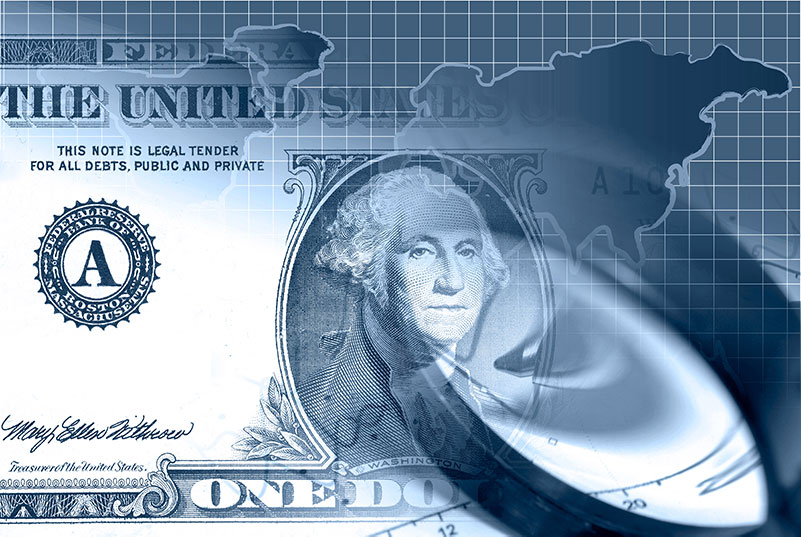Yesterday, Senate Majority Leader Mitch McConnell (R-KY) unveiled the next COVID-19 legislative package titled, Health; Economic Assistance; Liability Protection; and Schools Act (HEALS Act). Below are a few highlights from current package:
· Long-term Recovery Sector Loans: Create a guaranteed long-term, low-interest working capital product by improving the terms of 7(a) loans for seasonal businesses and businesses located in low-income communities. The loans would equal 2x the borrowers’ annual revenues, up to $10 million, with a maturity of up to 20 years at an interest rate that is fixed at one percent to the borrower. The bill would allow businesses with 500 employees or fewer and have seen their revenues decline by 50 percent or more in the first or second quarter this year compared to the same quarter last year. 1. be a small business concern as defined by the SBA size standards; 2. employ 500 or fewer employees; and 3. demonstrate at least a 50 percent reduction in gross revenue in the first or second quarter of 2020 quarter relative to the same 2019 quarter; and A. be a seasonal employer seeking a loan not greater than $1 million; or B. have their principal place of business in, and at least 50 percent of their income derived from a small business low-income census tracts subject to additional limitations in the tract’s median family income.
· PPP Second Draw Loans: Provide funds to allow the hardest-hit small employers – those that have seen their revenues decline by 50 percent or more in the first or second quarter this year compared to the same quarter last year – to receive a second PPP loan. The bill would limit these second forgivable loans to entities with 300 or fewer employees and create an additional set aside of funds for businesses with 10 or fewer employees to ensure equitable access to forgivable loans. The bill includes a $10 billion set aside for community lenders to access second draw funds. NAICS Code 72 businesses (restaurants & hotels) will be subject to a per location test, but cannot take more than $2 billion in loans and on an initial review, it appears franchise affiliation rules will carry over from the CARES Act.
· PPP Programmatic Improvements: Allow businesses to utilize forgivable PPP funds for personal protective equipment for workers, adaptive investments needed for businesses to operate safely amid the COVID-19 pandemic, and additional expenses. It would also simplify the forgiveness application and documentation requirements for smaller loans under $150,000. Additionally, it would further expand eligibility to chambers of commerce and destination marketing organizations with 300 employees or fewer as well as favorable loan calculations for farmers and ranchers.
· Simplified PPP Forgiveness: For loans under $150,000. Borrowers are not required to submit to the lender documentation required by section 1106(e) of the CARES Act, but must attest to a good faith effort to comply with Paycheck Protection Program loan requirements, retain relevant records for three years, and may complete and submit demographic information. For loans between $150,000 and $2 million. Borrowers are not required to submit to the lender documentation required by section 1106(e) of the CARES Act, but must complete the certification required by that section, retain relevant records and worksheets for three years, and may complete and submit demographic information. After lenders review the application for completeness, they must submit the application to the Administrator.
· Expanded ERTC: Increases the applicable percentage of qualified wages reimbursed through the credit to 65 percent. Lowers the amount of the reduction in gross receipts required to qualify as an eligible employer from a 50- percent decline to a 25-percent decline compared to the same calendar quarter in the previous year. For purposes of determining eligibility in the third quarter or fourth quarter of calendar year 2020, an employer may also satisfy the reduction-in-gross-receipts test if the preceding quarter’s gross receipts declined by at least 25 percent when compared to the same calendar quarter in the previous year. Increases the limitation on qualified wages taken into account per employee to $10,000 per quarter (limited to $30,000 for the calendar year). Increases the 100-employee threshold to 500 employees. Enhances coordination between the credit and the Paycheck Protection Program by allowing employers to be eligible for both programs, but with limitations to prevent overlapping benefits. It also clarifies that group health plan expenses are considered qualified wages even when no other wages are paid to the employee, consistent with IRS guidance.
· Clean Start Tax Credit: Establishes a refundable payroll tax credit equal to 50 percent of an employer’s “qualified employee protection expenses,” such as testing for COVID-19, protective personal equipment, cleaning supplies, “qualified workplace reconfiguration expenses,” including modifications to workspaces for the purpose of protecting employees and customers from the spread of COVID-19, and “qualified workplace technology expenses,” including contactless point-of-sale systems and other technology to track employee interactions with customers. Qualified workplace reconfiguration expenses and qualified workplace technology expenses must have a primary purpose of preventing the spread of COVID-19 among other requirements.
· Liability Shield: The SAFE TO WORK Act establishes temporary rules for specific types of coronavirus-related claims designed to facilitate and foster a prudent reopening of our businesses, schools, colleges and universities, religious, philanthropic and other nonprofit institutions, and local government agencies, while also ensuring that those who contract coronavirus because of the gross negligence of others can recover for their injuries. It also protects health care providers from coronavirus-based claims, grants temporary labor and employment law protections, and clarifies already-existing products-liability protections.

